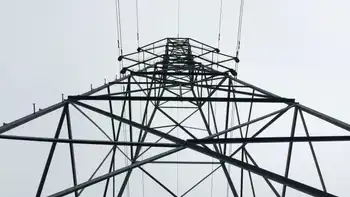Minnesota Signs Deal With Manitoba Hydro
WINNIPEG -- - The Minnesota Public Utilities Commission has unanimously approved a $1.7 billion power export deal with Manitoba Hydro.
It allows Minneapolis-based Xcel Energy to import power from Manitoba Hydro, despite the objections of aboriginal groups.
The 500-megawatt, 10-year deal was given the go-ahead.
It's an extension of an existing deal and will allow power to be exported until 2015.
Approval by Canada's National Energy Board is pending.
The Minnesota decision is a blow to the Pimicikamak Cree Nation of Cross Lake, Manitoba. They had asked the commission to first call a formal hearing into the social and economic impact of historic hydro development on their homeland.
Related News

BC Hydro completes major milestone on Site C transmission line work
VANCOUVER - Site C 500 kV transmission lines strengthen the BC Hydro grid, linking the new substation and Peace Canyon via a 75 kilometre right-of-way to deliver clean energy, with 400 towers built and both circuits energized.
Key Points
High-voltage lines connecting Site C substation to the BC Hydro grid, delivering clean energy via Peace Canyon.
✅ Two 75 km circuits between Site C and Peace Canyon
✅ Connect new 500 kV substation to BC Hydro grid
✅ Over 400 towers built along existing right-of-way
The second and final 500 kilovolt, 75 kilometre transmission line on the Site…




